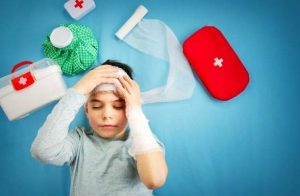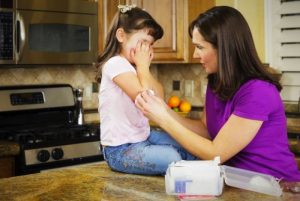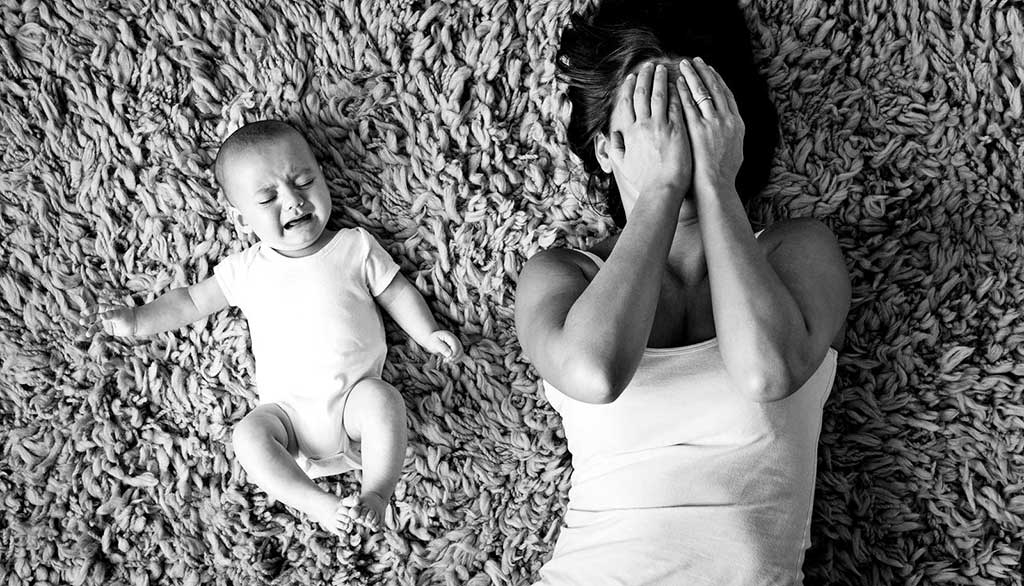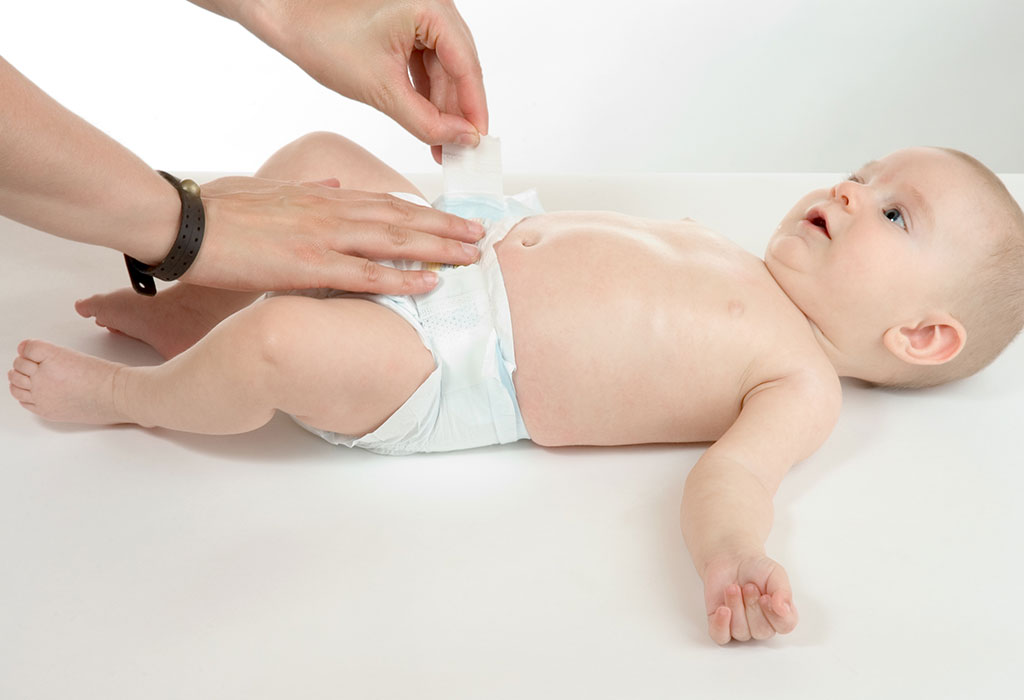How do I teach my child basic first aid?
What is first aid for kids?
As a parent, this is probably the scariest role you can play. The role of the emergency medical technician is to imagine the moment when the child bleeds from the nose, the wrist swells, the hand burns and screams after touching a hot dish, and therefore you should be prepared for this situation because any Family health is important now.
You do not need to see medical education, but it is important to know the serious condition and go to the emergency room.
Children love to play and curiosity; in the meantime, they may get hurt. When children are injured, it is important to know when to go to the emergency room or rescue them with first aid.

Head injury
Symptoms of a head injury that may be a sign of a concussion include feeling tired (even briefly), severe headache, vomiting, dizziness, drowsiness, or inability to walk.
The first thing you need to do is make sure your child has neck pain, weakness, or a tingling sensation, keep him still, and call the emergency room.
If a child is hit in the head during exercise, you should stop playing and call 115 immediately to prevent further injury.
If you have severe headaches or distractions, excessive drowsiness, persistent vomiting, or anything that worries you, you should call your doctor right away and ask for help.
Never give ibuprofen to a child with a head injury as this medicine may increase bleeding, and if there is a potential risk such as brain injury (even very mild), it can be very dangerous.
If the impact is minor, wrap an ice pack or bag of frozen peas in a thin towel and hold it in the affected area to reduce swelling. You can also use acetaminophen for pain. Rest is part of stroke treatment, and most young children need it even after a minor head injury.
Severe allergic reaction
If you have an allergic reaction after the urticaria starts, your baby’s face or lips may be swollen or cough, and he or she may have difficulty breathing, and you may also feel dizzy, vomit, or have diarrhea.
Use injection of epinephrine (EpiPen) immediately. Even if he feels better after the injection, take him to the emergency room because the effects of the medicine will soon disappear. If your child has difficulty speaking or breathing, call the emergency room right away.

Fractures and pale teeth
In addition to the damage to the teeth, symptoms of this problem are redness around the mouth. In this case, if another tooth is left, contact your dentist immediately.
If you can not go to the dentist, take your child to the emergency room because tooth decay is associated with nerve involvement. Repair broken teeth as much as you can. Otherwise, you may need to pull them out.
Nose blood
Bleeding from the nose is an injury that is difficult to repair. In this situation, ask your child to tilt his head slightly forward and then hold the handkerchief firmly under his nose bone. The use of phenylephrine nasal spray may also be effective.
Hold this position for 10-15 minutes to stop the bleeding. About an hour or so after the bleeding and clotting stop, you can put a little Vaseline in the nostril to keep it moist.
Never allow the child to bend backward as blood may enter the throat and stomach and lead to suffocation. Do not allow your baby to breathe through the nose as even a short, gentle stroke can provoke bleeding again, and never fill your baby’s nostrils with a tissue or cloth.
If bleeding does not stop within 30 minutes or you suspect a child has a broken nose, call the emergency room right away.
Bone fracture
If the bone has protruded from the skin in such cases after injury; The child has a lot of pain in the affected area, is swollen and distracted.
In such cases, move the injured limb as little as possible, call the emergency room if the bone comes out or the bone rotates, and you feel severe pain, and if not, call your doctor for advice and a visit.
Eye injury
In this condition, the baby may be in a lot of pain and rub his eyes or squeeze, causing him to blush or cry a lot.
If you have obvious eye damage or difficulty breathing and fainting, call the emergency room.
Otherwise, keep the baby’s eyes open as much as you can and pour salt, water, or milk solution into the baby’s eyes. Finally, be sure to call your doctor or go to the emergency room.

Suffocation
The child is breathing in this condition and may choke and faint. Suppose your baby can respond with simple noises. In that case, his or her airway is open, but if he or she can not respond, call the emergency room right away, then perform the Heimlich maneuver and wrap your arms around the baby’s waist, punch and Place your thumb on her abdomen.
Now take your fist with the other hand and do fast and upward exercises to come out in the baby’s throat. If you notice severe signs of suffocation, hug him and push him back and use your palm to provoke severe blows to your shoulder blades.
If your child coughs but can talk, let him cough.
Take your child to the emergency room if he or she has difficulty breathing or cannot speak normally.
Poisoning
Symptoms of poisoning depend on the toxin entering the body. These symptoms usually include burning in the mouth, difficulty breathing, drowsiness, and vomiting. Poisoning is possible whenever a child suddenly becomes ill or behaves strangely.
Suppose the child has difficulty breathing or staying awake. Call 115. If you know what your child has eaten or swallowed and how much, your doctor will help diagnose and treat it.
Bleeding from the wound
The symptoms of wounds and cuts are serious when the bleeding does not stop even after a few minutes of pressure. In this case, first, wash the wound with soap and water and apply antibiotic ointment on it and bandage it. If you notice bleeding from the bandage, hold the affected area above the heart for 15 minutes and press firmly to stop the bleeding.
Never clean your wound with alcohol, hydrogen peroxide, or betadine. Alcohol is irritating, and hydrogen peroxide and betadine can damage the skin and prevent it from healing.
If your child’s wound is large, fissured, or bloody, see a doctor right away because it may be sutured, and go to the emergency room if you see flesh, ligaments, or bone tissue.
If you can not stop the bleeding within 15 minutes or think there is a foreign body. See a doctor
If the wound stays open for more than 24 hours, the doctor will not suture because the risk is higher.
Burns
In this case, the baby’s skin may become red and blistered. Grade 3 burns are the worst type of burn, and the affected area may appear white or black.
In this case, first, keep the burnt area under cold water for 10-15 minutes to cool the skin, relieve pain and prevent blistering. If necessary, you can repeat this process in the next 24-48 hours or put an ice pack on the affected area.
Next, apply an antibiotic ointment such as bacitracin to the affected area to soothe the burn and help heal skin cells. If you still feel pain. You can give her acetaminophen or ibuprofen, but if her blisters blister, do nothing and let the infection prevent it. When the blister appears on its own, use an antibiotic ointment and a clean bandage.
Never use vitamin E or butter because they are irritating.
Never place ice directly on the burn as it will cause tissue damage.
If the baby’s skin looks very painful, blemished, damp or waxy, or cannot move. And you may have severe burns that require immediate medical attention, and if you have a chemical burn, see a doctor right away.
Suppose the burn is the size of a palm or larger and is on the face, ears, hands, genitals, or legs. Be sure to see a doctor.

Convulsions
In this situation, the child may suddenly shake or stiffen his or her arms and legs and not respond to you, and the symptoms may include staring for a second at a point or dazzling, round eyes.
In this situation, but the child next to you and try to write down the onset of symptoms. The longest seizure lasts between 2-5 minutes and does not put anything in his mouth.
If the child does not have a history of seizures, call 115 immediately. See your doctor right away if you have bruises and seizures for more than 5 minutes and can breathe properly and sleepily.
Ankle sprain
In such a situation, sit the child and place an ice pack or a bag of frozen vegetables on the injured ankle for 15 minutes every hour and repeat this process for 48 hours, also keep the ankle above the level of the heart and for You can also use ibuprofen to reduce pain and swelling.
Never apply hot compresses to the affected area, do not put your feet in the hot tub for the first 48 hours as heat can increase swelling and pain. If the child cannot stand or deform the ankle, see an emergency medical center as there is a risk of severe sprains or strains.


